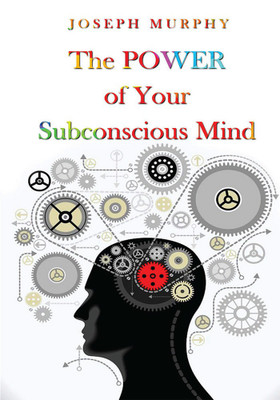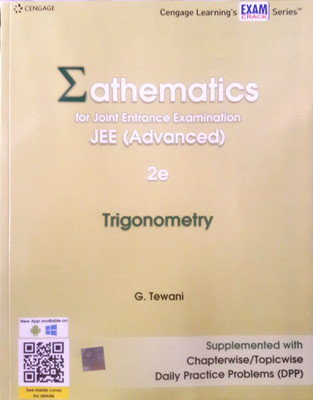
Fundamentals of Statistical Signal Processing: Detection Theory Volume 2 1st Edition (English, Paperback, Kay Steven M.)
Price: Not Available
Currently Unavailable
Highlights
- Language: English
- Binding: Paperback
- Publisher: Pearson Education India
- Genre: Technology & Engineering
- ISBN: 9788131729007, 8131729001
- Edition: 1stEdition, 2009
- Pages: 672
Description
This is a thorough, up-to-date introduction to optimizing detection algorithms for implementation on digital computers. It focuses extensively on real-world signal processing applications, including state-of-the-art speech and communications technology as well as traditional sonar/radar systems.
Three chapters introduce the basics of detection based on simple hypothesis testing, including the Neyman-Pearson Theorem, handling irrelevant data, Bayes Risk, multiple hypothesis testing, and both deterministic and random signals.
The author then presents exceptionally detailed coverage of composite hypothesis testing to accommodate unknown signal and noise parameters.
Salient Features
- SQL coverage has been upgraded to the level of current standard.
- Provides exceptionally strong and expanded coverage of the relational model.
- Material on types or domains has been expanded for wider coverage.
- Chapter 9 on Integrity has been completely rewritten for better understanding.
- Chapter 15 on Recovery and Chapter 16 on Concurrency provides extensive details.
- Includes careful analysis of some unorthodox conclusions regarding the ACID properties of transactions.
- Chapter 20 on Type Inheritance and chapter 23 on Temporal Databases have been completely rewritten to reflect latest research developments. M
- Chapter 27 on XML covers the relationship between databases and emerging XML standards.
- The appendices include An overview of the Trans Relational Model, A BNF grammar for SQL expressions, A glossary of important abbreviations,acronyms and symbols used in the text and Storage Structures and Access Methods.
Read More
Specifications
Book Details
| Imprint |
|
| Publication Year |
|
University Books Details
| Degree/Diploma |
|
| Specialization |
|
| Subject |
|
Ratings & Reviews
4.7
★
3 Ratings &
0 Reviews
- 5★
- 4★
- 3★
- 2★
- 1★
- 2
- 1
- 0
- 0
- 0
Have you used this product? Be the first to review!
Be the first to ask about this product
Safe and Secure Payments.Easy returns.100% Authentic products.
Back to top




